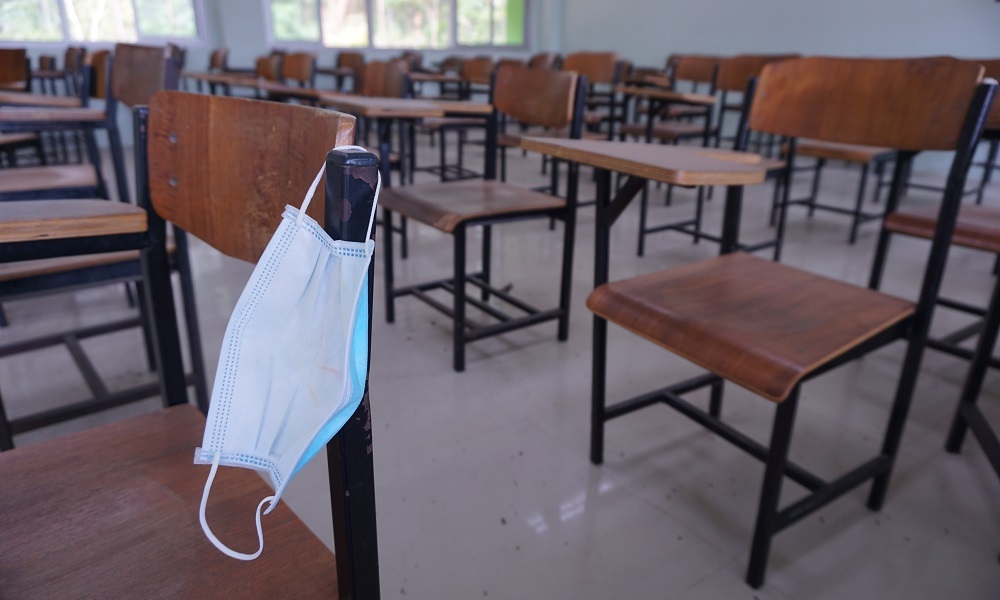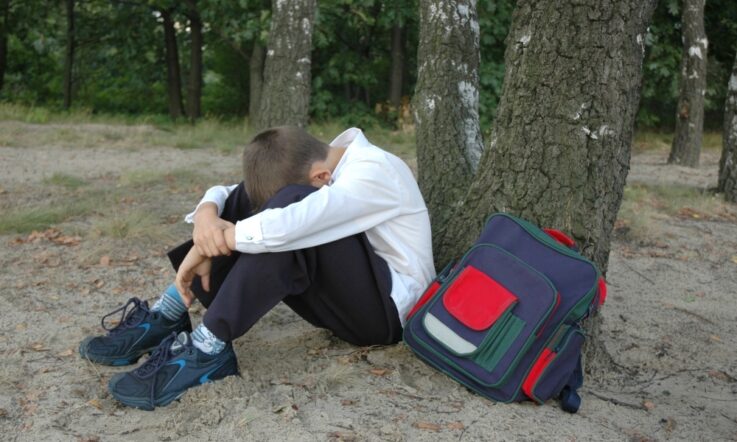We know that school attendance can significantly impact student learning, and that students experiencing disadvantage can have a tougher time maintaining the same attendance rates as students with high socio-economic status (SES).
A study recently published in the Australian Journal of Social Issues holds these observations up to the light of the pandemic, to investigate whether COVID-19 lockdowns impacted on lower-SES students’ attendance to a greater extent than on high-SES students’ attendance in Tasmania.
Using administrative data supplied by the Tasmanian Department of Education, the research team studied the attendance of 14,000 Year 10, 11 and 12 students from early June 2020 to the end of Term 2 in early July, and compared that rate to the corresponding periods in the years prior to COVID-19.
‘We know that low-SES students have lower attendance than high-SES students, that there’s a gap irrespective of COVID … We also know that the gap between high- and low-SES students widens as students get older as they progress through school,’ lead author Associate Professor Wojtek Tomaszewski, Principal Research Fellow at the University of Queensland’s Institute for Social Science Research, tells Teacher.
‘The key point here was through knowing all of those trends, we really focused on the question [of] whether those gaps between high- and low-SES students widened in ways specifically attributed to COVID-19, so whether those gaps increased under COVID-19 conditions, to a higher extent and by a higher margin than you would normally expect if COVID didn’t happen.’
Key findings
While the attendance rates of students from high-SES families (with university-educated parents working in a high-status occupation) were found to be similar both before and during COVID-19, Associate Professor Tomaszewski and his colleagues found a stark difference when it came to the attendance rates of students from low-SES families (with low levels of parental education, with parents in low-status jobs, or households where no parent worked in the prior 12 months).
‘We estimated that the attendance gap between Year 11 students from high-SES and low-SES status families increased during COVID-19, from 7 percentage points [pre-COVID] to 13 percentage points,’ he says.
Another key finding was that this gap was consistent for students in Year 10 and 11, but didn’t apply to students in Year 12.
‘We speculated a bit on why this might be the case for Year 12 students – for example, because they have high-stakes final exams so maybe they had relatively strong motivations to return to school and catch up on the missed learning after those lockdowns.’
Due to the relatively short lockdowns in Tasmania (30-40 days learning from home) compared to other states in Australia and internationally, Associate Professor Tomaszewski explains that these findings might be considered a lower-bound estimate for other states like Victoria or New South Wales, where lockdowns were much longer.
What does this mean for schools?
Associate Professor Tomaszewski tells Teacher that there a number of implications from the study which could be important for schools to consider in supporting students post-COVID lockdowns, and during any future school closures.
He emphasises the need to potentially consider different interventions or different levels of support for students experiencing different levels of disadvantage – especially as reduced attendance is often considered an early indicator that students may be at risk of dropping out of school.
‘Students from different backgrounds have different needs and face different barriers. So it’s important to actually recognise that and our study actually shows that the effects are different. And based on this I think you can assume that disadvantaged students have different needs and face different barriers and might require more dedicated or tailored support.’
References
Tomaszewski, W., Zajac, T., Rudling, E., te Riele, K., McDaid, L. & Western, M. (2022) Uneven impacts of COVID-19 on the attendance rates of secondary school students from different socioeconomic backgrounds in Australia: A quasi-experimental analysis of administrative data. Australian Journal of Social Issues, 00, 1– 20. https://onlinelibrary.wiley.com/doi/full/10.1002/ajs4.219
In your own school, can you track a difference in the attendance rates of students from before school lockdowns to now? Which students’ attendance has been most significantly impacted, and what supports can you provide these students and their families?



